Total available ingredients 101
-
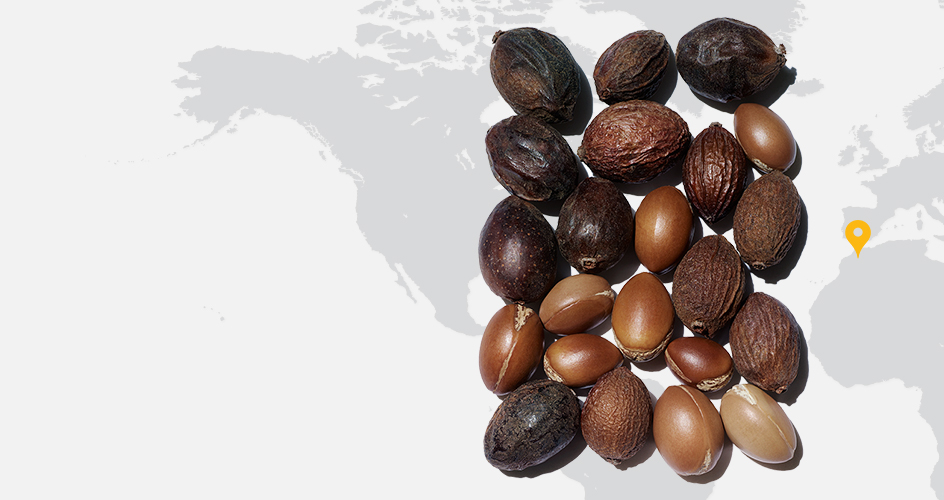
Argan
Argania spinosa
Morocco
The argan tree only grows in south-east Morocco. Its exceptional resistance to heat and drought means that it can grow in very arid conditions. It reaches a height of 5 to 10 meters. Since time immemorial, argan oil has been produced using the same traditional method. In the 10th century, the Phoneticians used the oil to light their lamps and Berber women used the tree for its fruit as well as for its medicinal and cosmetic properties. -

Arnica
Arnica montana
Europe
This wild flower grows in high mountain pastures and is known in traditional pharmacopeia for its exceptional ability to treat bruises. Since then, arnica has continued to be a key remedy to help reduce bruising. It is so effective that researchers have taken a closer look at its chemical composition and have isolated active substances such as flavonoids and tannins which are at the origin of its soothing and circulatory properties. -
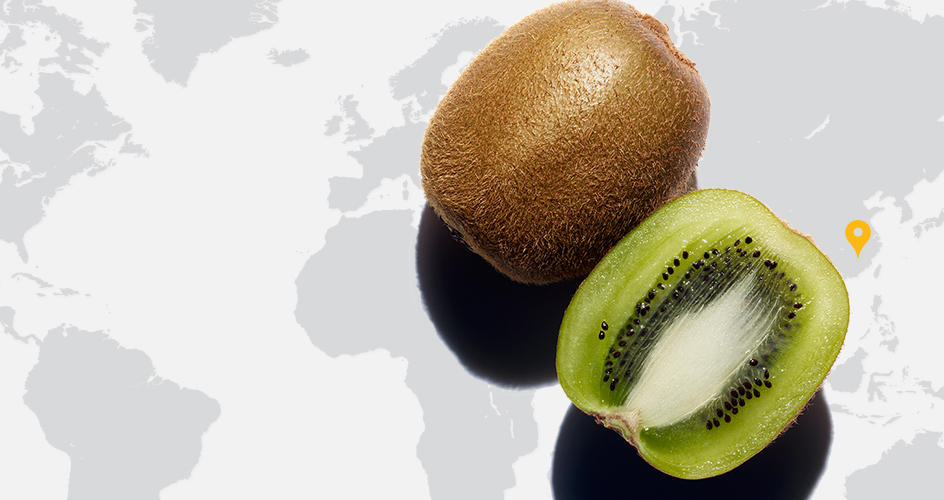
Kiwi fruit
Actinidia chinensis
Asia
The kiwi is an Asian shrub that has been cultivated in France since the Seventies. It was the New Zealanders who named it after their national bird. The oblong fruit has slightly acid green flesh and contains an extraordinary number of vitamins. Also known as the fruit of 7 vitamins, it is the richest in vitamins C & E and possesses the highest concentration of nutrients.Products containing Kiwi fruit- error
- error
-
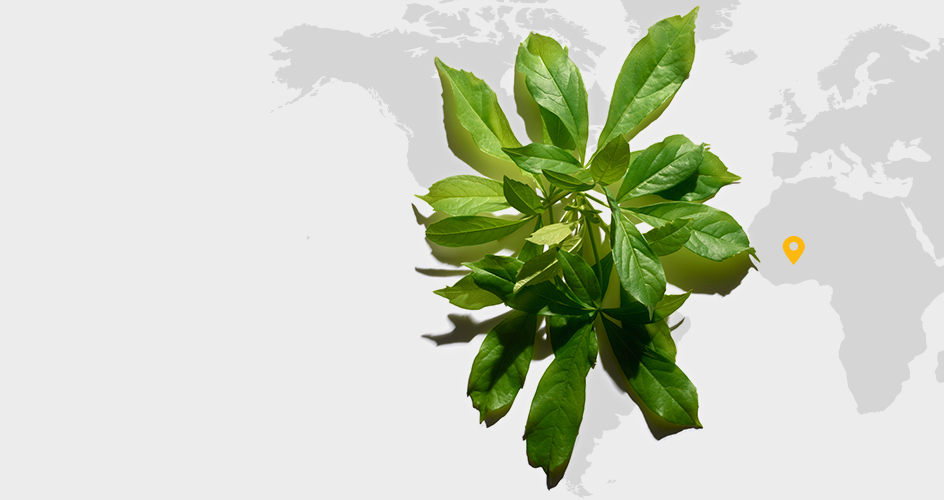
Baobab
Adansonia digitata
Africa
According to legend, God pulled the baobab out of Heaven and replanted it on Earth upside down because it was too proud... And indeed the tree does appear “upside down” with its large, swollen trunk topped by gnarled branches that resemble enormous roots. The baobab is an emblematic tree of sub-saharan Africa and like the shea, is also known as the “tree of life”. It stands out for its enormous size, incredible lifespan (some claim around 5,000 years) and multiple uses and benefits. -
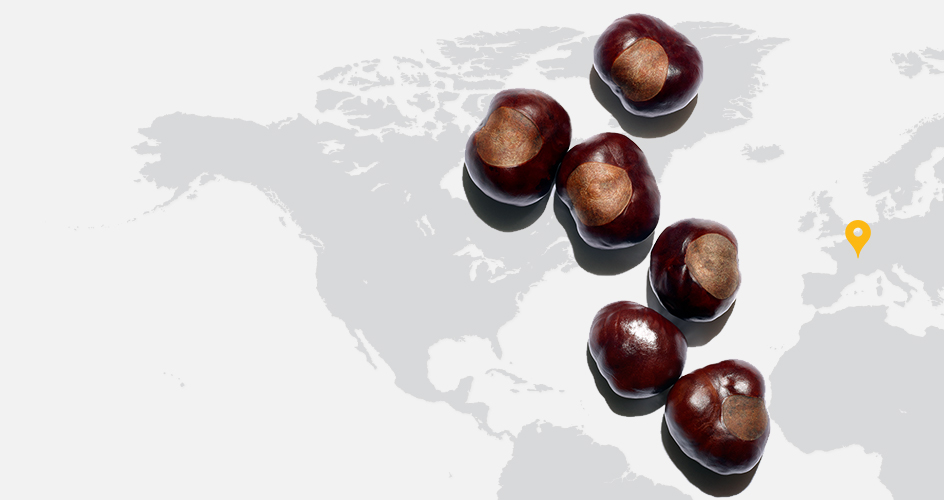
Horse chestnut
Aesculus hippocastanum
Europe
In cosmetics, horse chestnut aescin is known for its positive effect on microcirculation and for its draining properties. When combined with sunflower phospholipids, it helps optimise the bioavailability of caffeine, thus promoting fat elimination. -
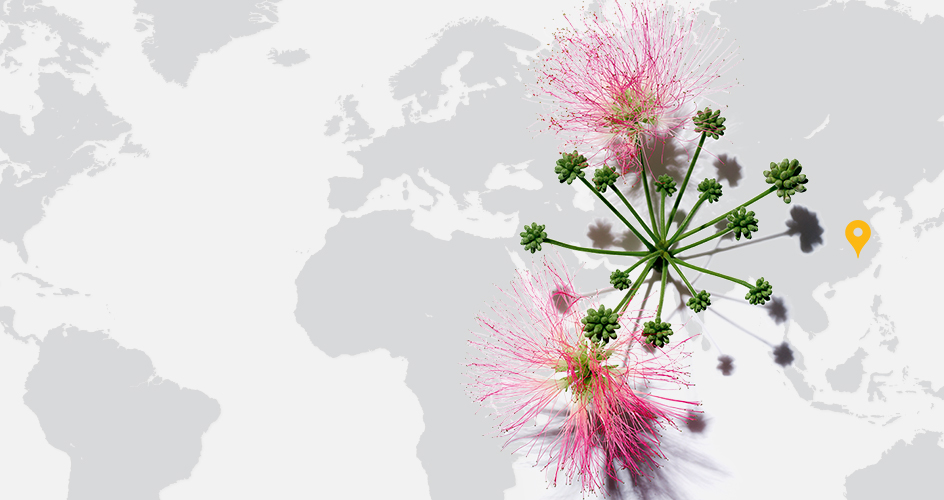
Albizia
Albizia julibrissin
Asia
Native to South East Asia, Albizia was introduced to Europe in the 18th century by an Italian botanist, who was captivated by the beauty of this delicate tree. Admired for its ornamental qualities, it rapidly spread throughout Europe and America. During the summer, it bears silky feathery flowers earning it the name "silk tree." Clarins uses extract of albizia for its capacity to inhibit glycation—degradation of collagen fibers—and to protect the walls of blood vessels to promote firmness and radiance. -
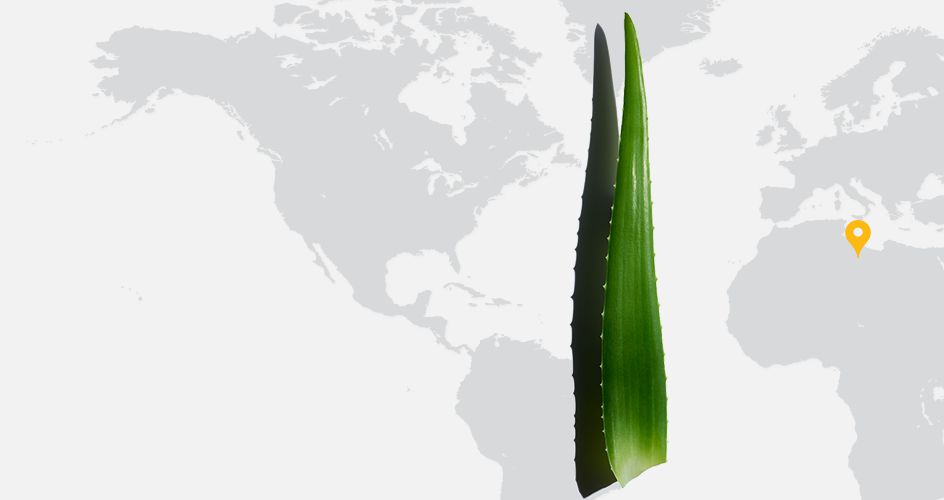
Aloe vera
Aaloe
North Africa
Widely cultivated in tropical regions, the use of aloe vera can be dated back to Ancient Egypt. It is said that Cleopatra attributed the secret of her legendary beauty to the plant. Since then, research carried out on the gel obtained from the heart of the aloe leaf has revealed the presence of softening, moisturizing and regenerating compounds. In the medical field, aloe is used externally to stimulate the circulation and encourage healing.Products containing Aloe vera- error
- error
- error
- error
-
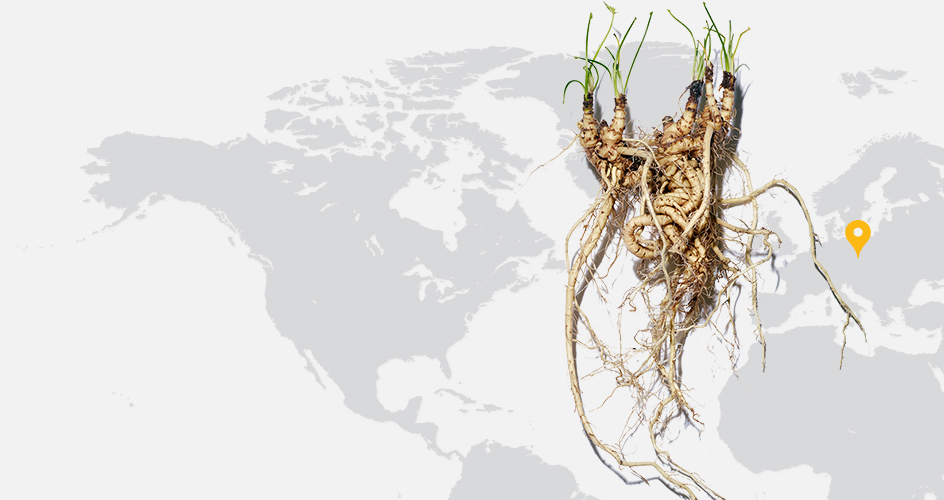
Marshmallow
Althaea officinalis
Europe
Marshmallow is a tall plant with very thick, hairy leaves. Its soothing effects are outstanding and it is prescribed for skin irritation or inflammation. Formerly, children would be given a piece of Marsh Mallow root to chew on when they were teething. It is particularly rich in soothing substances. In cosmetology, it has been known for a long time for its soothing properties. -
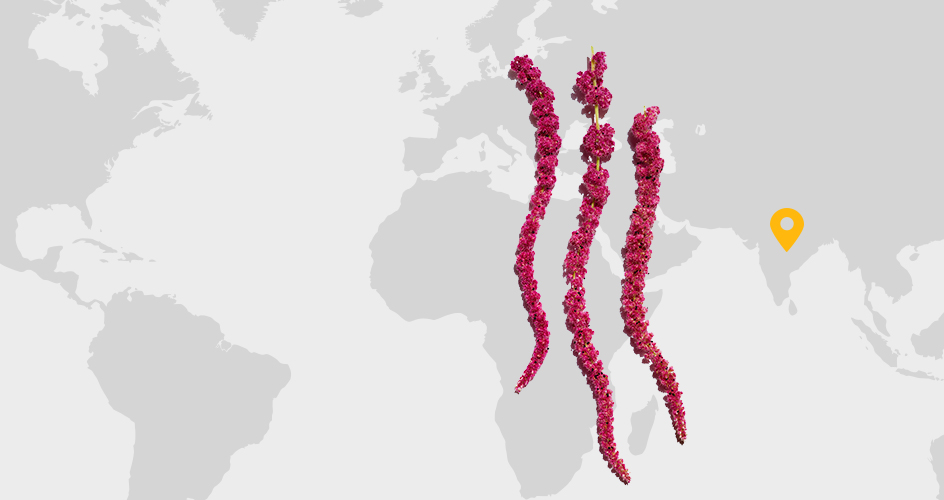
Amaranth plant
Amaranthus caudatus
India
The amaranth plant, a symbol of immortality since it does not wither, was considered sacred by the Incas. It has many benefits, including highly nutritious leaves and seeds and various medicinal properties. The amaranth is also an ornamental plant, with its pretty purple flowers that hang in long clusters along its tall, erect stem. The oil extracted from the amaranth seed is traditionally used to nourish and comfort the skin. The amaranth oil used by Clarins Laboratories is organic. -
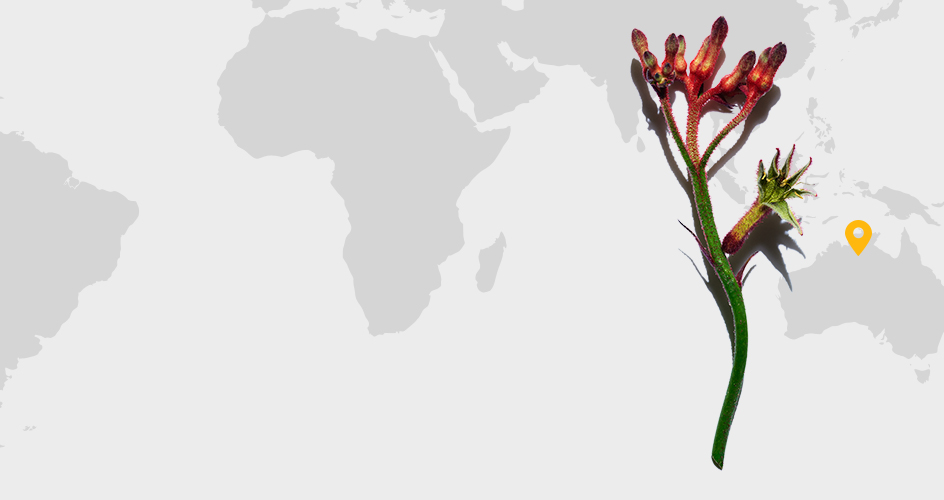
Kangaroo flower
Anigozanthos flavidus
Australia
On the sandy plains of Western Australia, kangaroo flowers offer a dazzling spectacle. Their slender stems blossom into unusual furry flowers in bright shades of red, green and yellow. The astonishing shape of their flowers is reminiscent of kangaroo paws and earned the plant its common name. Clarins researchers focused on this remarkable reproductive ability. Their studies demonstrated that its extract can be used to optimise the regenerative potential of the dermis.Products containing Kangaroo flower- error
- error
-
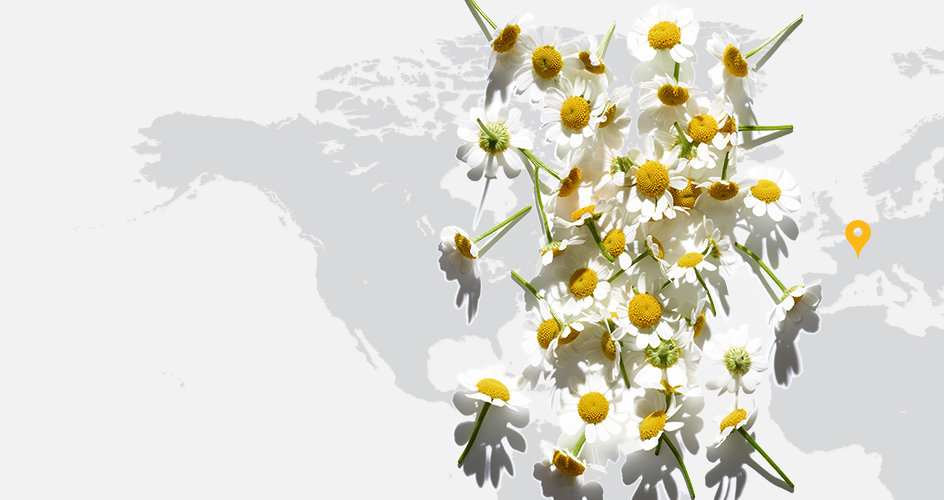
Chamomile
Anthemis nobilis
France
Chamomile is recognized for its many medicinal properties. Throughout Antiquity, the Egyptians dedicated this plant to the sun. In 16th century London, it was considered as a weed while at the same time in Rome, it was used for its anti-inflammatory and soothing action. -
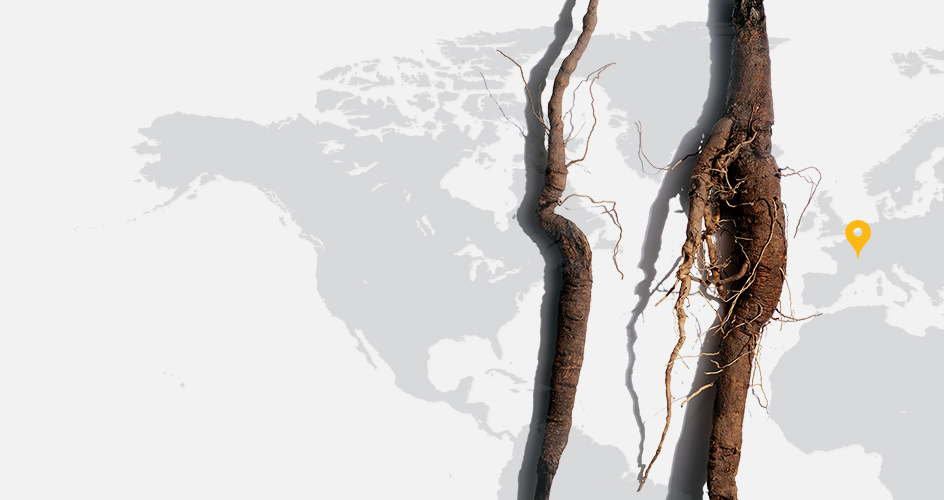
Great Burdock
Arctium lappa
France
Found in temperate climates, this tall, sturdy biennial plant grows in meadows and open fields. The composition of the elongated root exerts a purifying, cleansing action. It has long been used in traditional medicine to relieve skin infections such as eczema and acne.Products containing Great Burdock- error

